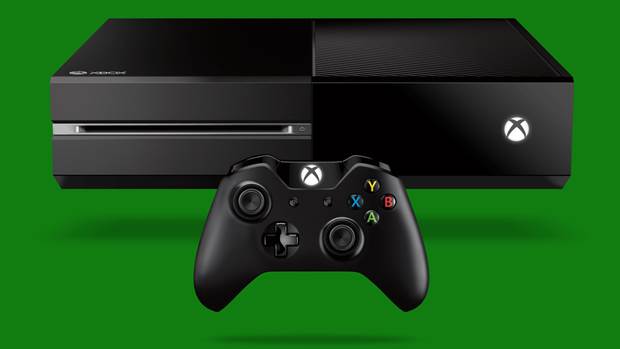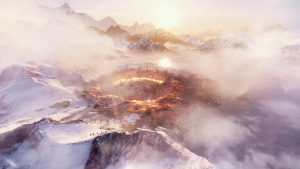The increased power that the Xbox One and PS4 offer over the previous generation of consoles has been as hot a topic now as it was when both consoles launched. However, it’s been observed that the Xbox One falls ever so slightly (at best) behind the PS4 in many frame rate tests, not including the lack of 1080p titles compared to Sony’s console.
Many developers have attributed this to the console’s eSRAM. Crytek has more than its share of experience with the same having developed Ryse: Son of Rome, which is one of the best looking launch titles for either console till date. GamingBolt spoke to Crytek’s US Engine Business Development Manager Sean Tracy about the advantages of using CryEngine when used with tiled textures since eSRAM is more suited for the latter.
“CryEngine has a unique and novel solution for this and was shipped with Ryse. One of the problems when using Deferred Shading is that it’s very heavy on bandwidth usage/memory traffic. This gets exponentially worse as overlapping lights cause considerable amounts of redundant read and write operations. In Ryse our graphics engineers created a system called tiled shading to take advantage of the Xbox One,” Sean explained.
“This splits the screen into tiles and generates a list of all the lights effective each title using a compute shader. It then cull’s light by min/max extents of the tile. We then loop over the light list for each tile and apply shading.
Ultimately this resulted into bandwidth gains and they were able to use just a single compute shader for culling and lighting, which is simply phenomenal. “In practice this made for the biggest bandwidth save we could have hoped for, as just reading the Gbuffer once and writing shading results once at the end for each pixel. Only a single compute shader was used in Ryse for light culling and executing entire lighting and shading pipelines (with some small exceptions for complex surfaces like skin and hair).”
What are your thoughts on the same? Let us know in the comments. For more on Ryse’s graphics, check out our technical analysis of the game over here.
This is just a snippet of our interview with Crytek and we will have more in the coming days.
















